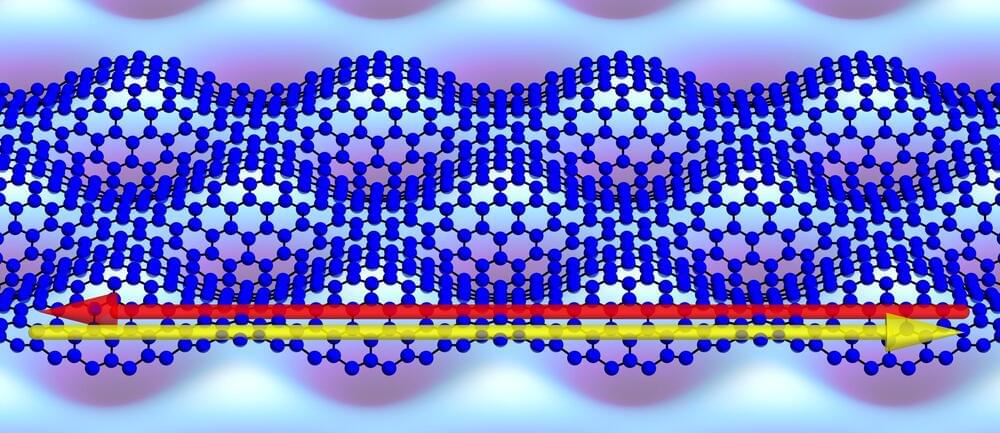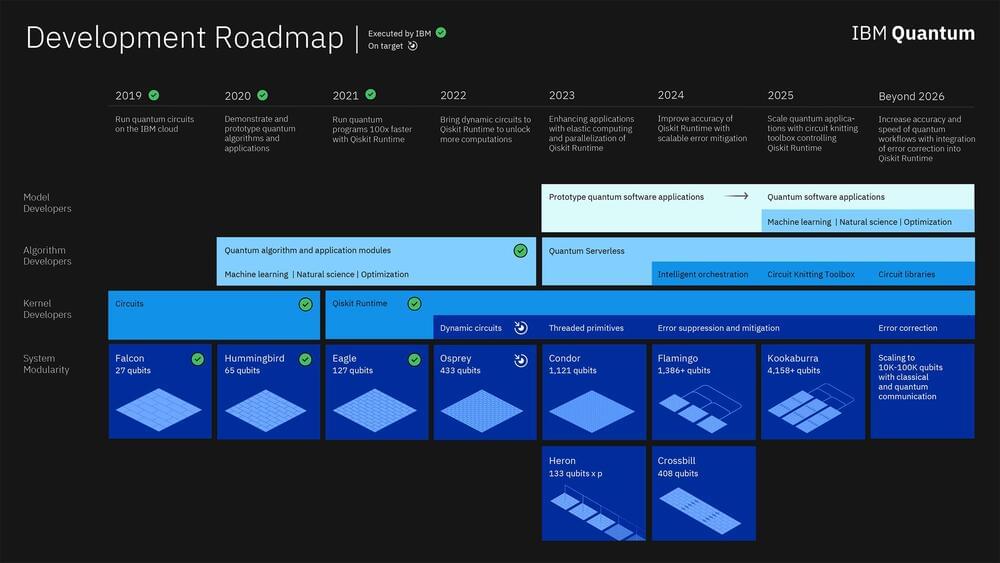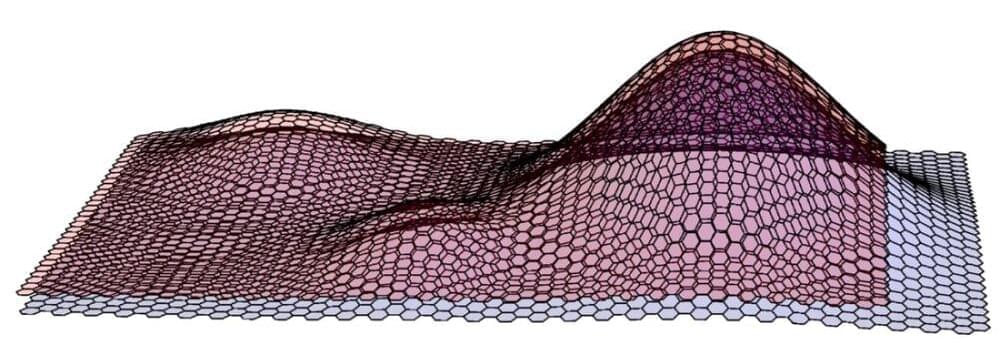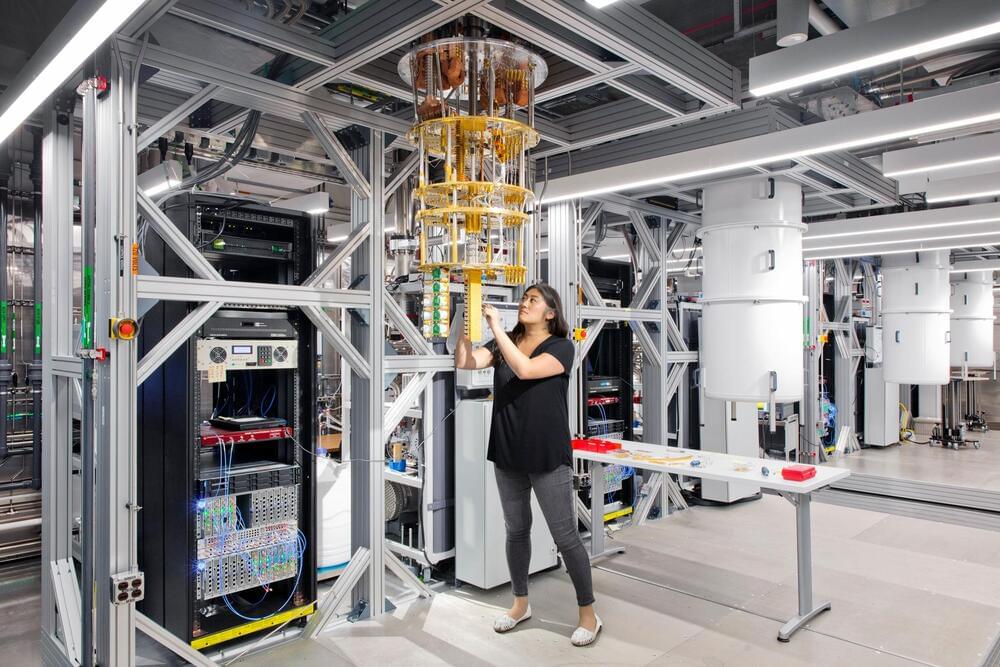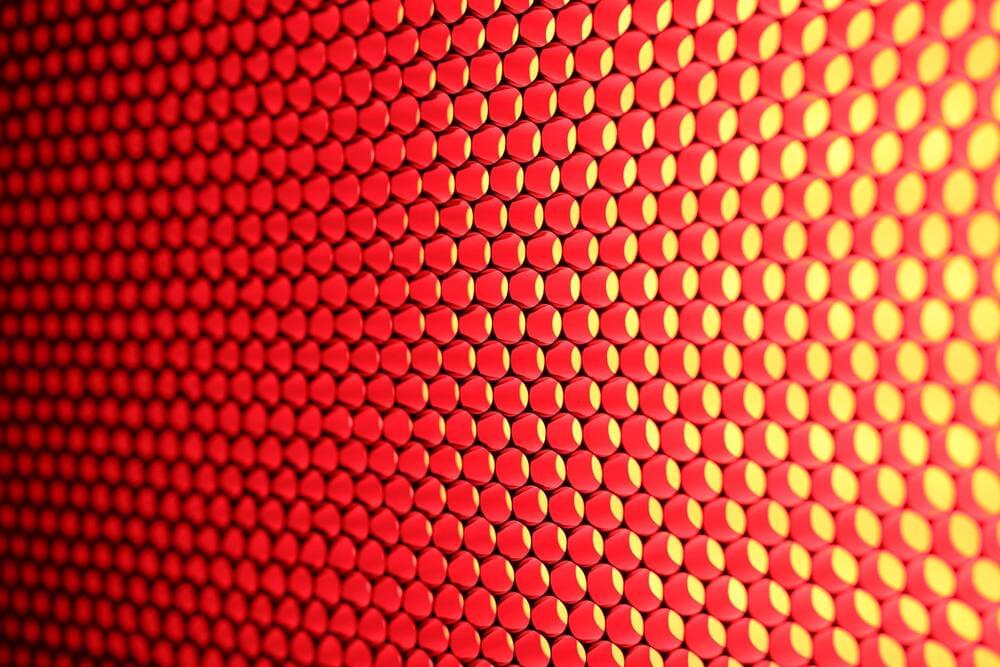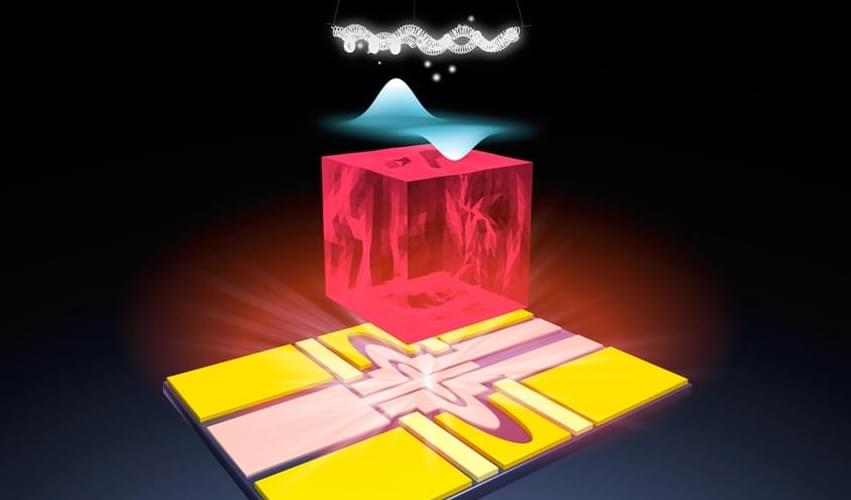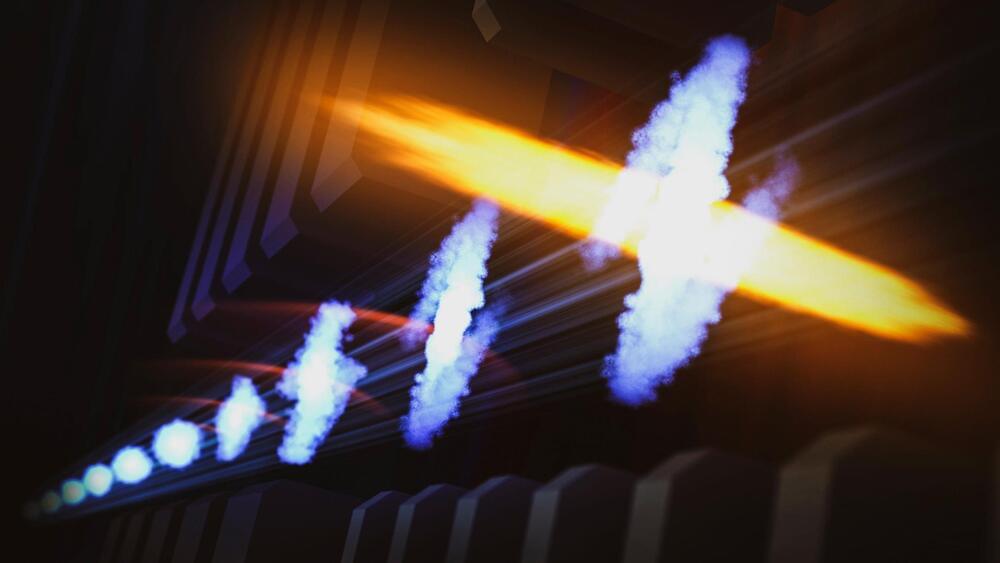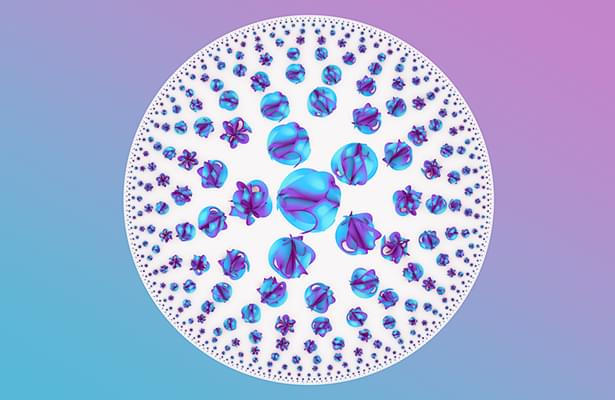May 11, 2022
Black Holes and the Quantum-Extended Church-Turing Thesis | Quantum Colloquium
Posted by Dan Kummer in categories: computing, cosmology, quantum physics
Leonard Susskind (Stanford University)
https://simons.berkeley.edu/events/quantum-colloquium-black-…ing-thesis.
Quantum Colloquium.
A few years ago three computer scientists named Adam Bouland, Bill Fefferman, and Umesh Vazirani, wrote a paper that promises to radically change the way we think about the interiors of black holes. Inspired by their paper I will explain how black holes threaten the QECTT, and how the properties of horizons rescue the thesis, and eventually make predictions for the complexity of extracting information from behind the black hole horizon. I’ll try my best to explain enough about black holes to keep the lecture self contained.
Continue reading “Black Holes and the Quantum-Extended Church-Turing Thesis | Quantum Colloquium” »

